Hey there! Tracy Sweeney here, owner/photographer of Elan Studio in the lovely seaside town of Bristol, Rhode Island. I’m delighted to accept the invitation to guest blog this week!
I’m a newborn, child and family photographer and get asked all the time about my lens choices for my consistent imagery. I’m a Canon girl and shoot mostly prime. I love shooting at wide apertures, which can be challenging, especially when capturing fast toddlers and exciting family interaction and movements. I want the little ones to be the primary focus in my work without competition from the setting. And while landscape is important for coloring and texture, I want my subjects to emerge from the composition, allowing my viewers to feel something; to actually hear the laughter I’m capturing and to feel the joy. And in this way, my setting is secondary.
I’m a toggler. I selectively focus each shot, moving around the points on my Canon 5D MK IV. This allows me to separate my focus and control my exposure. It takes a little practice to get used to this technique, but it is now second nature for me, and I am constantly moving my dial throughout a session. I am always focusing on the child in the photo (preferably the eyes). In sibling and family images, my focus is on the subject closest to me. Since I am shooting wide open, that focus becomes the story of my image. If I’m photographing children running toward me, away from their parents, that becomes the moment I’m capturing, and the parents, falling out of focus, add to that narrative.
I set my camera first according to the aperture at which I want to shoot, and adjust my ISO and exposure accordingly. I use spot metering and typically, when shooting outdoors, underexpose the entire image a tad so as not to blowout skies. I always shoot handheld, and often have moving subjects, and thus need fast shutter speeds which my wide apertures buttress.
I change a bit with each lens choice as I’ve discovered some of their sweet spots. But generally, I shoot between f/1.8 to f/2.8, except for when shooting with my fisheye, which I fix at f/4. I use these apertures even when shooting multiple subjects, attempting to pose and direct my subjects within the same plane. But my hope is always authenticity and organic connection, which I cultivate and support through instruction and articulated expectation to my clients, and so, as I am shooting, and the stories develop, and the subjects move, I make specific focus choices.
TOP 5 FAVORITE LENSES FOR CHILD PHOTOGRAPHY
And so, here are my top five lenses for child photography that allow me to accomplish the aforementioned. I shoot with only one body and change lenses throughout the session, again, making choices in consideration of the final image I want to achieve. In no specific order, here are my all time favorites.
Canon EF 200mm f/2L
This super hi-end telephoto lens allows me to capture amazing high quality, sharp images wide open of fast moving subjects. The bokeh is unbelievably dreamy. I get lots of looks when I’m shooting with this lens in the field because of its sheer size. The already super long lens is exacerbated additionally by its hood. And to boot, it’s super duper heavy, but I still handhold it, often laying on the ground or shooting from a low perspective complementary to the small stature of my primary subjects (little ones).
You can see me photographing behind the scenes with this lens in my Family Photography: The Art of Storytelling course on KelbyOne. One of the true benefits of this lens is that I can photograph as an observer, shooting from a distance and capturing children interacting within the setting in an organic state, without being right in front of their face with the expectation that they perform or react within my proximity. With this insanely high quality lens I can create magical, compelling imagery. This is the newest lens in my repertoire, and one I invested in after years of building my child photography business.
When shooting backlit images with this lens, I get very low to the ground positioning myself so that the subject is blocking the light. Harnessing the light in this way allows me to emphasize the childhood moment and connection.
Canon EF 35mm f/1.4L II
I recently upgraded to the version II of this lens, and it is fast becoming a go to during all of my sessions (both in studio, outdoor, and underwater). The wide angle allows me to include more detail in my images, especially when I don’t have the real estate in which to back up, and or/to elevate any higher when shooting from above. I can capture a larger scene without significantly distorting my subjects.
The close perspective allows me to interact with children while shooting, engaging in conversation, making jokes, asking questions, etc. to capture natural expressions. It creates a more intimate shooting space for me, as I am obviously closer to my subjects, and in this way, is the antithesis to the time I spend behind my 200.
Canon EF 85mm f/1.2L
When I mentor photographers who want to invest in a quality lens to achieve the “dreamy look” for which my work is known, this is the number one lens I recommend they have in their arsenal for shooting children outdoors. This is the first “serious” lens in which I invested. The focal length is manageable for directing families while allowing enough space for natural interaction. The depth of field is crazy amazing at 1.2 which makes it a fabulous portrait lens. It’s super sharp and mostly fast, though not as fast as some of my other lenses. When I first began shooting with this lens, I rarely switched out, often shooting an entire session from start to finish with this 85.
Canon EF 100mm f/2.8L
This lens is essential for my newborn work, so that I can capture the tiny details: eyelashes, lips, nose, toes, and fingers. It allows me to craft images from a detailed perspective creating an image gallery for my clients that is varied, but doesn’t create additional set planning. I am able to craft a beautiful stylized newborn image and photograph it with a wider lens such as my 35, and then switch to the 100 mm macro lens and focus on specific elements, ultimately, creating multiple images in the same set. You can watch me employ this technique in my upcoming newborn course on KelbyOne.com. However, not only is this lens a fantastic macro lens, it’s gorgeous for portrait work too!
Canon EF 8-15mm f/4L
This fisheye lens is such a fun creative lens that I whip out at the end of nearly every beach sunset session. It functions unbelievably in low light, allowing me to maintain sky texture while correctly exposing my subjects, or intentionally silhouetting. This is presently the only lens I shoot with that is not a prime lens, and I typically extend it to 15mm to reduce the already significant distortion. With this lens a quick tilt up or down will change the entire image. To avoid the bending in the horizon line created from he fisheye perspective, I shoot, again, very low to the ground, and often am submerged in water to get close to the action, taking in my entire setting.
Thank you so much for having me! I hope you enjoyed learning a little more about what’s in my bag and how I use these lenses to achieve light filled joyful images of little ones.
You can see more of Tracy’s work at Elan-Studio.com. For additional conversation and musings, join her Facebook group “All Things Child Portraiture,” and follow her on Facebook and Instagram!



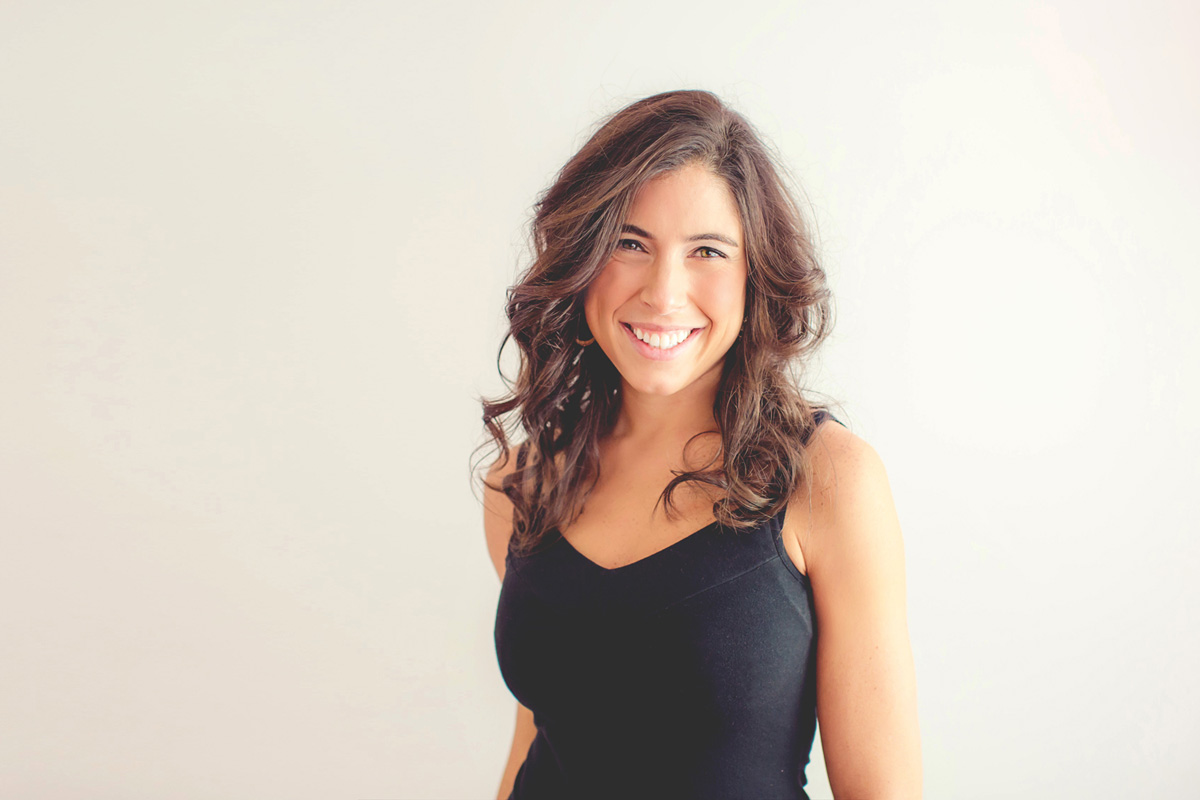
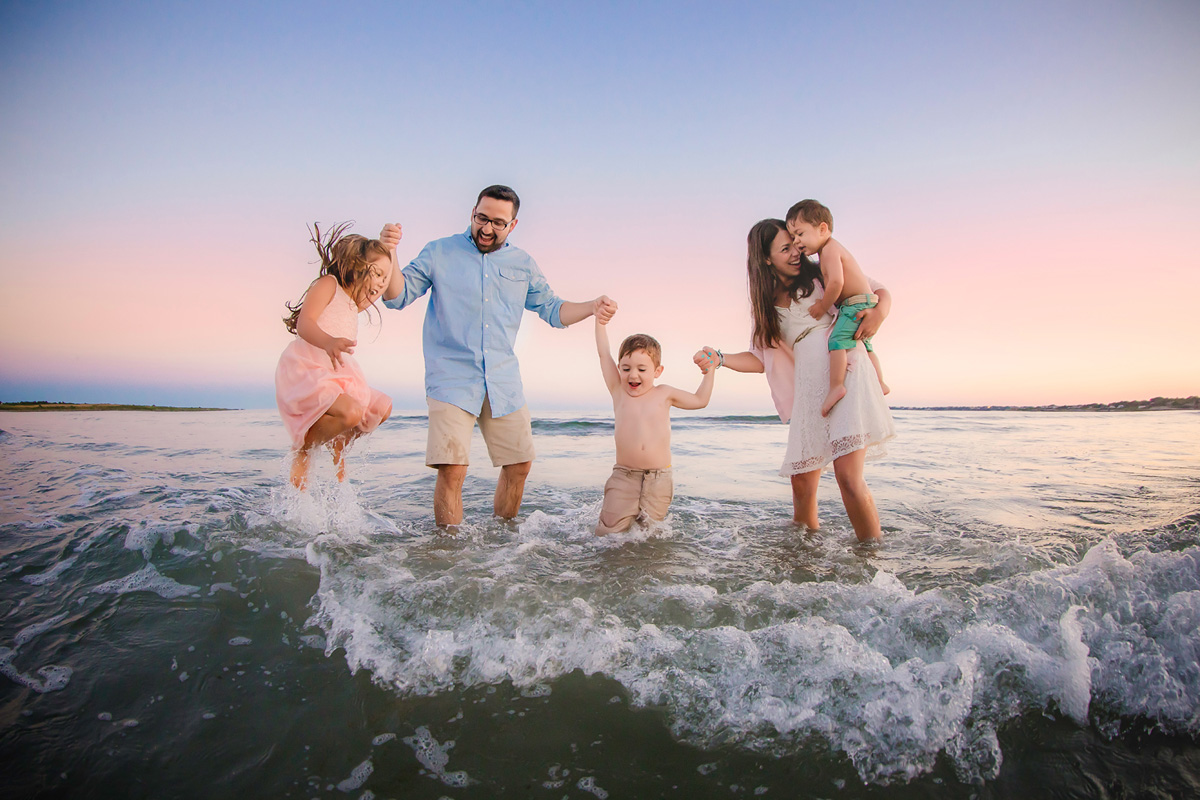
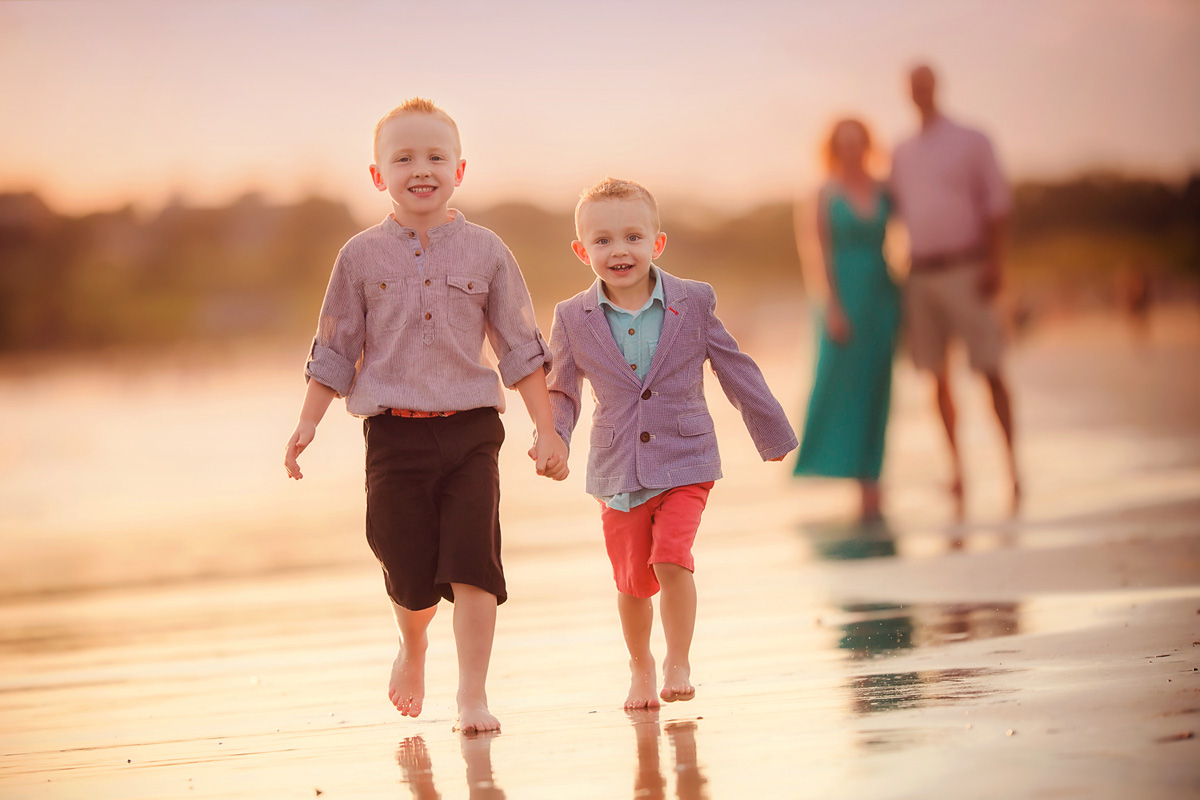

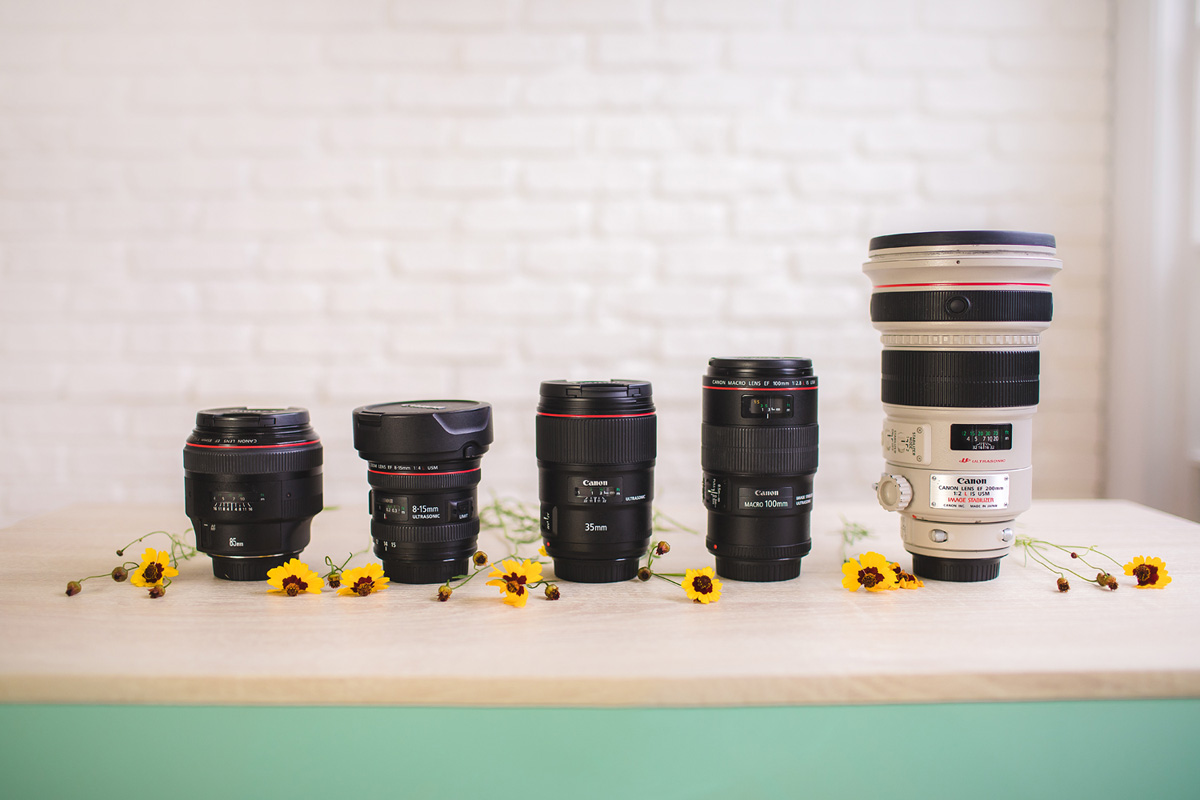
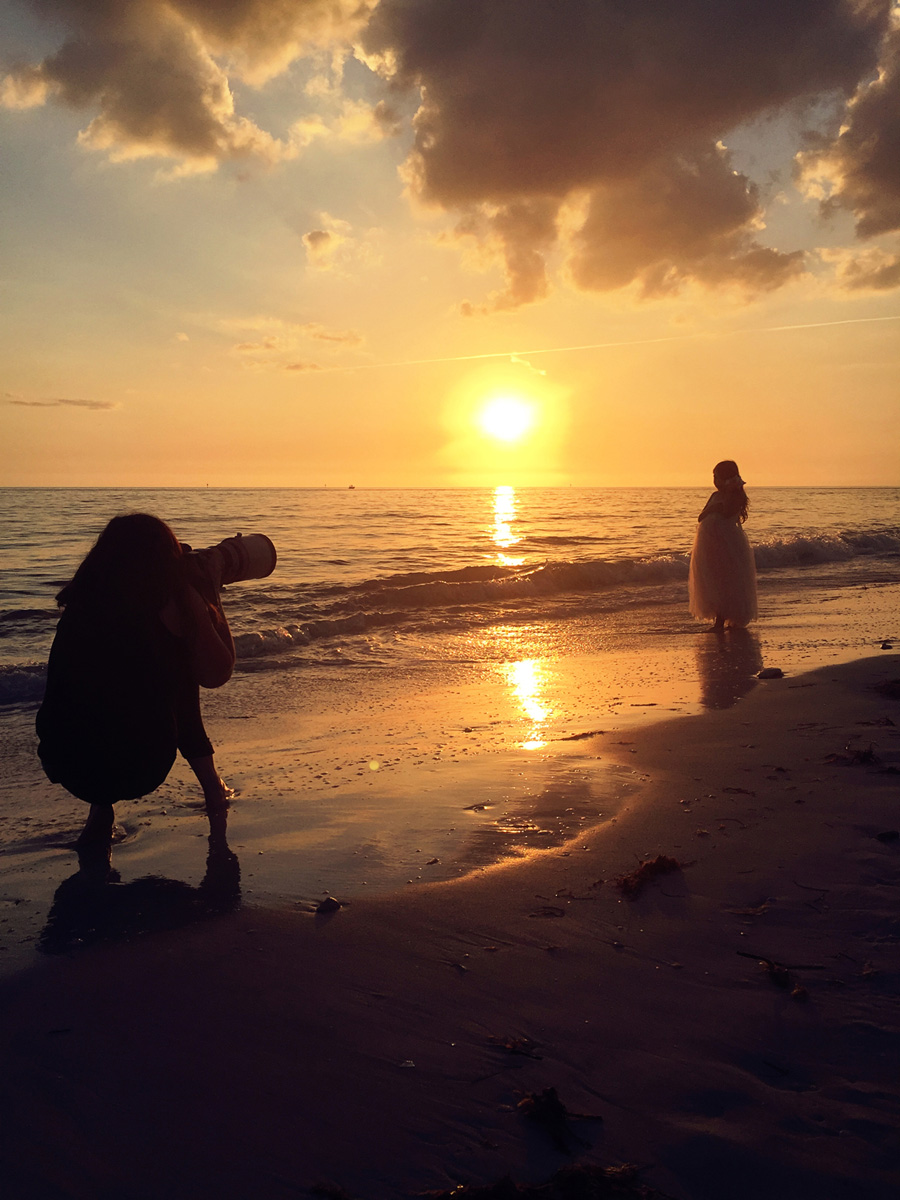



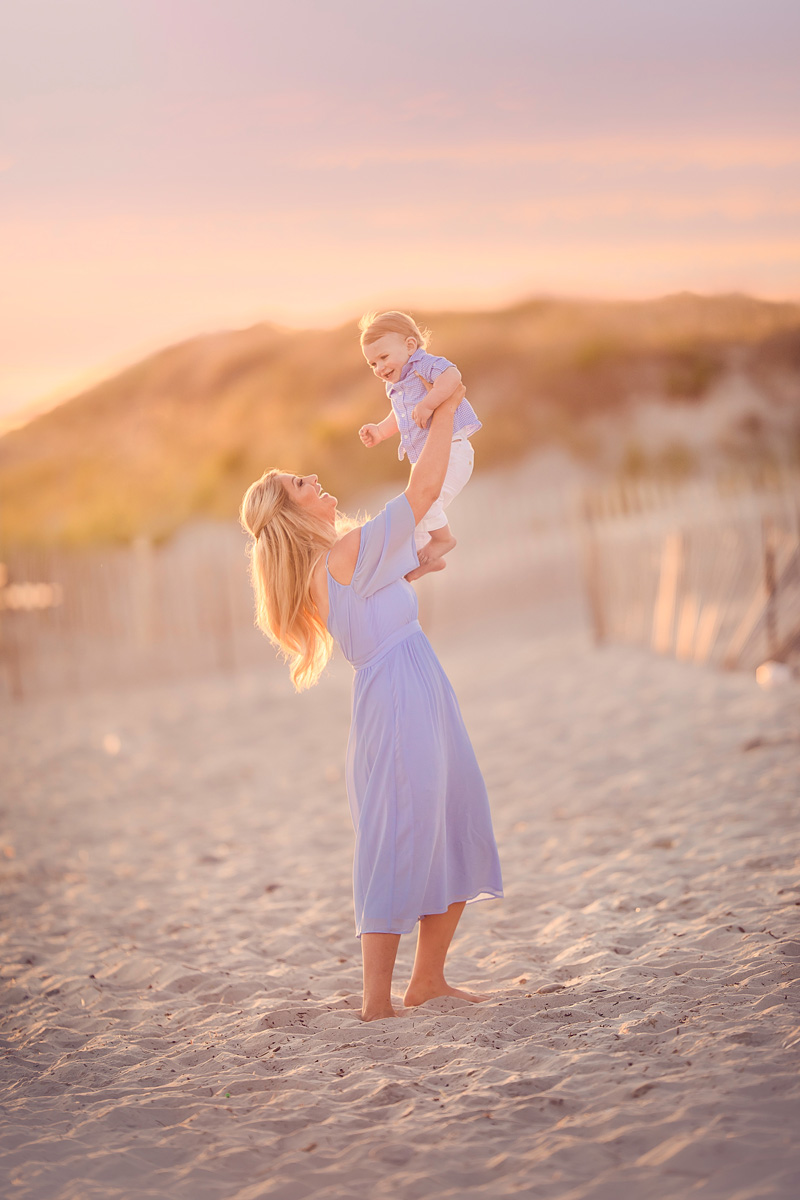
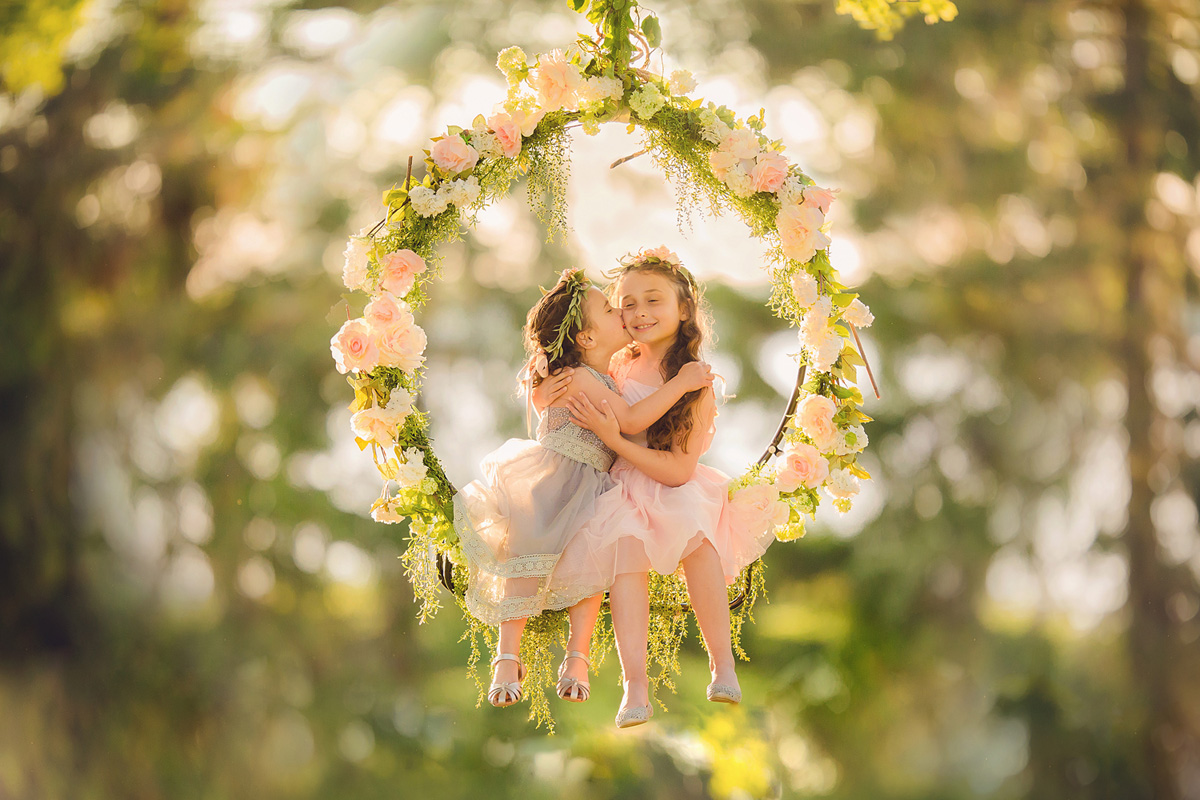
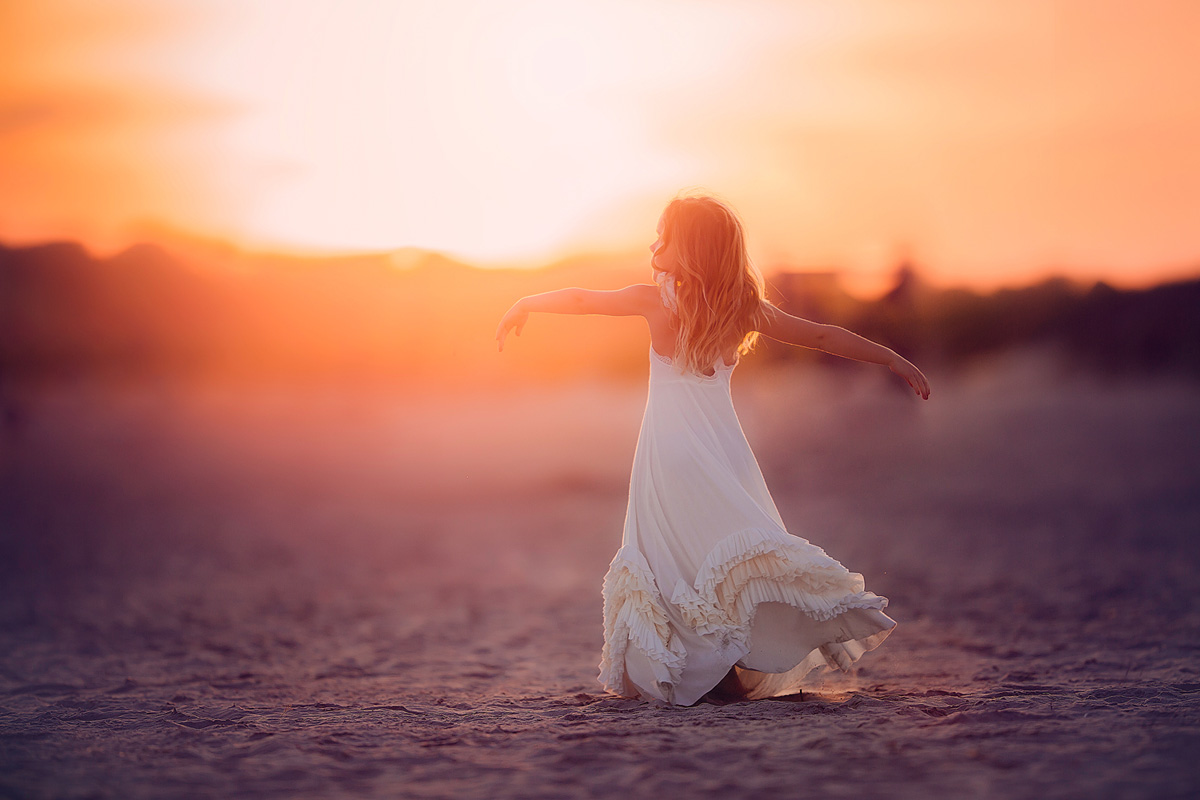
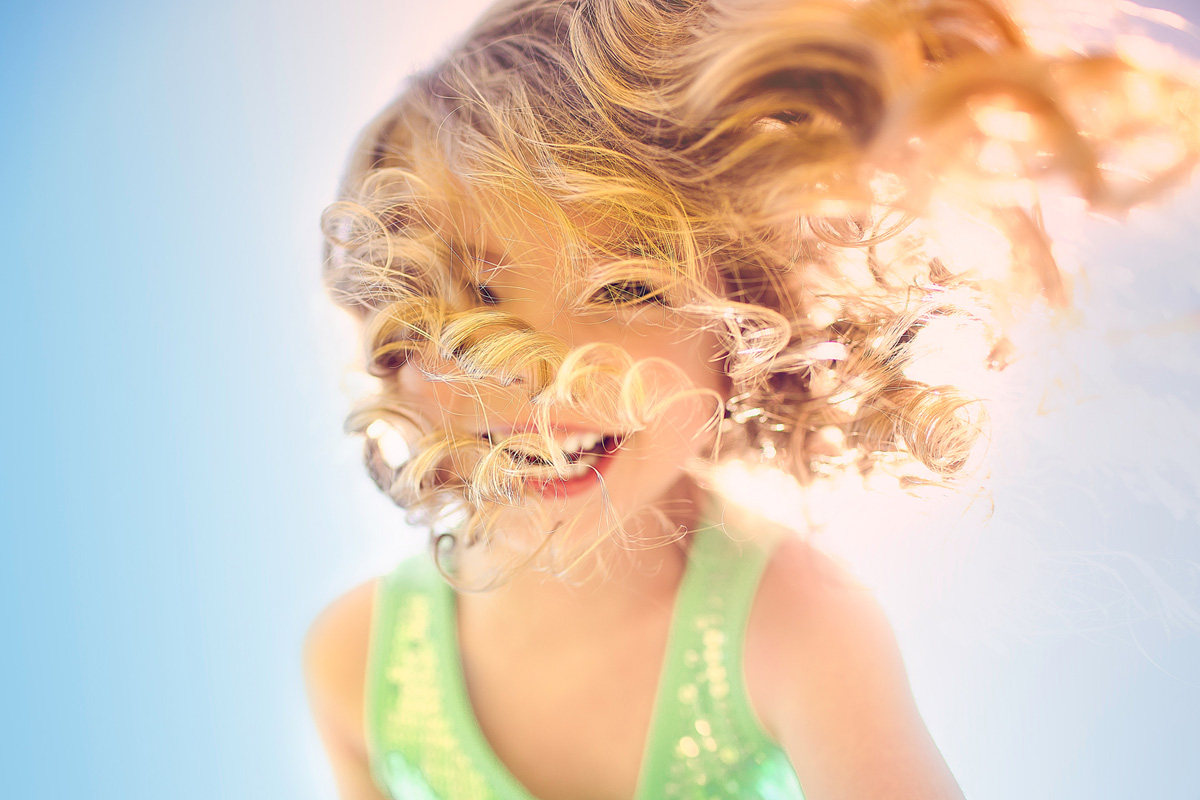
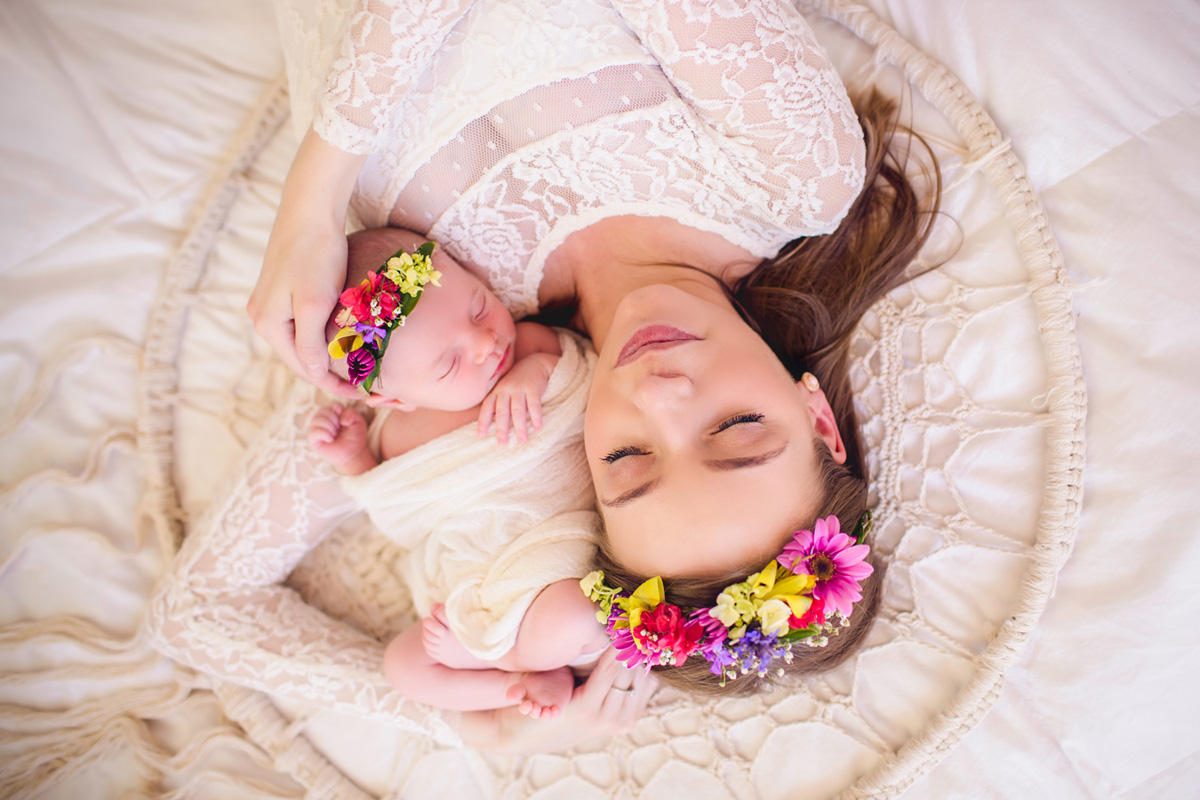

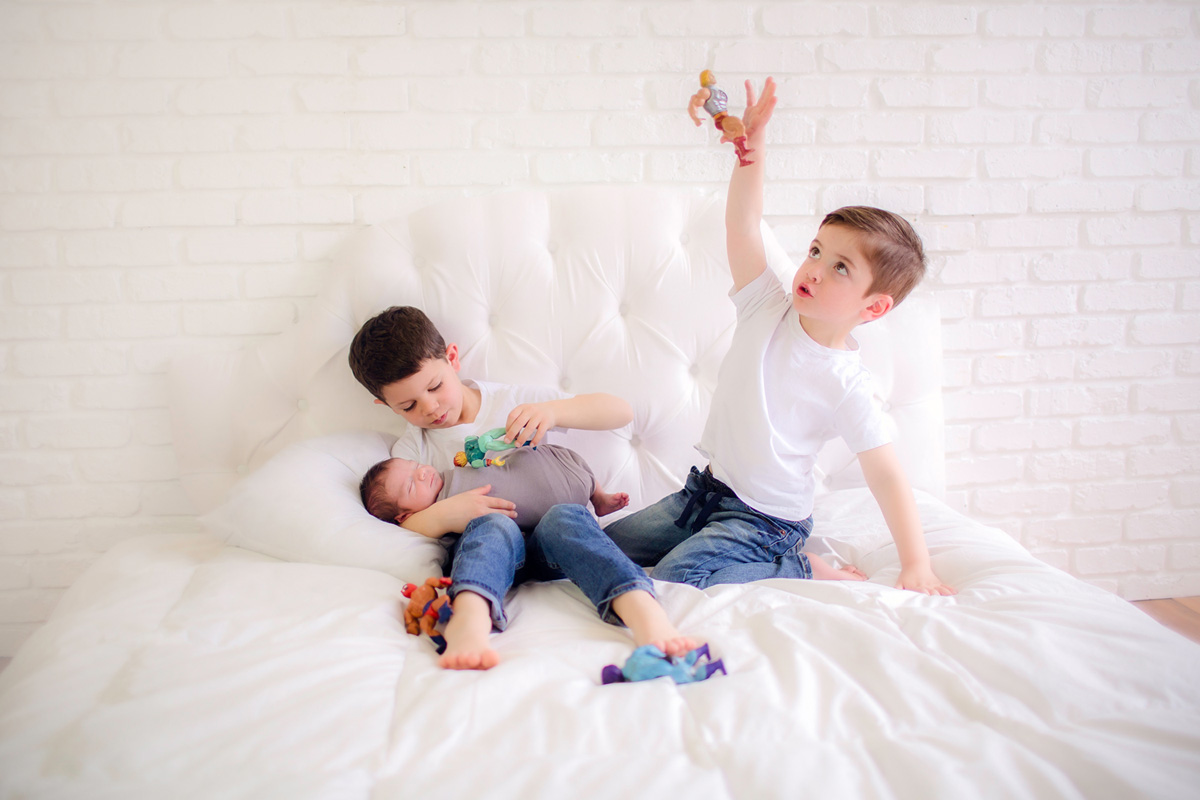
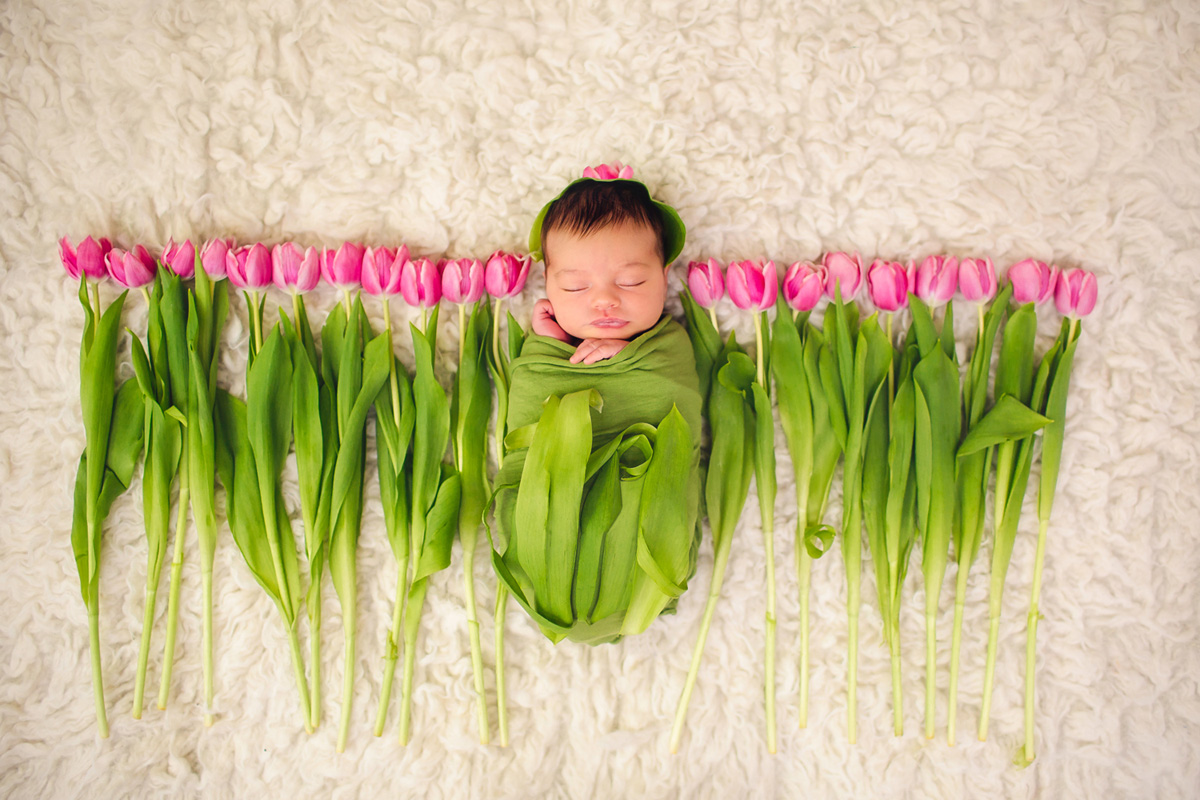
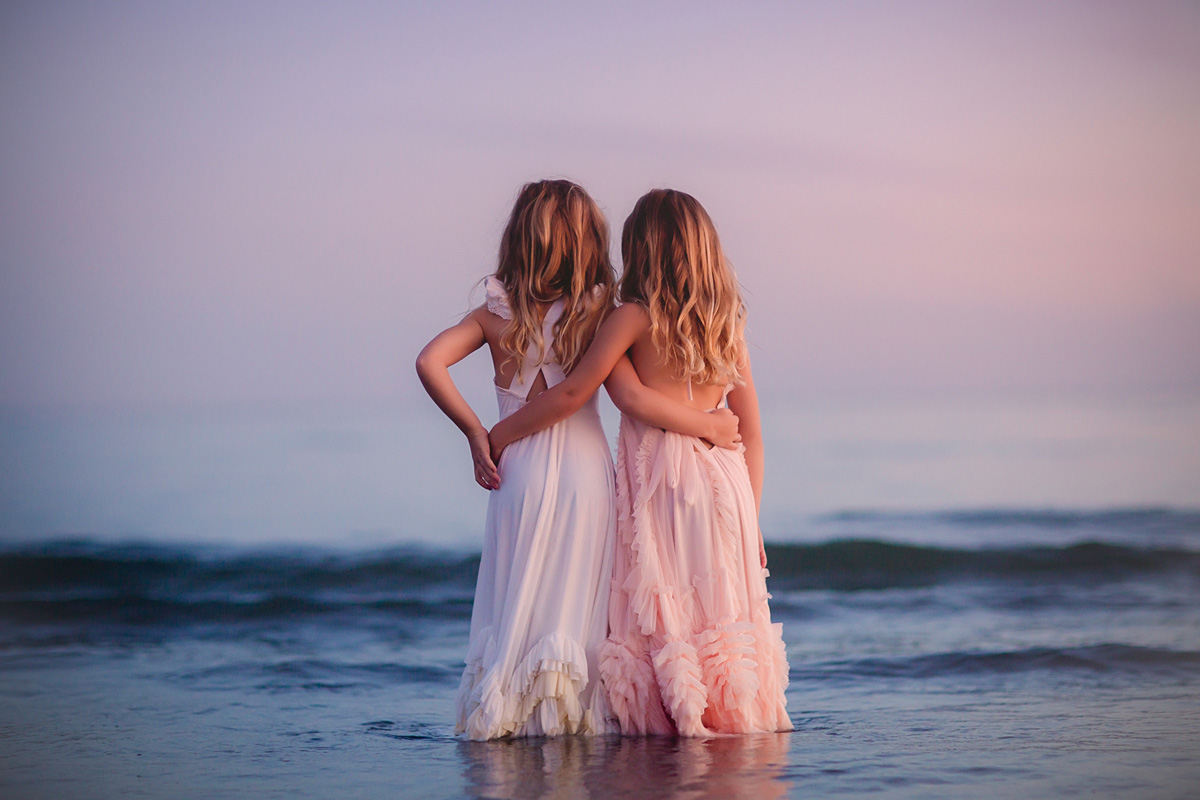
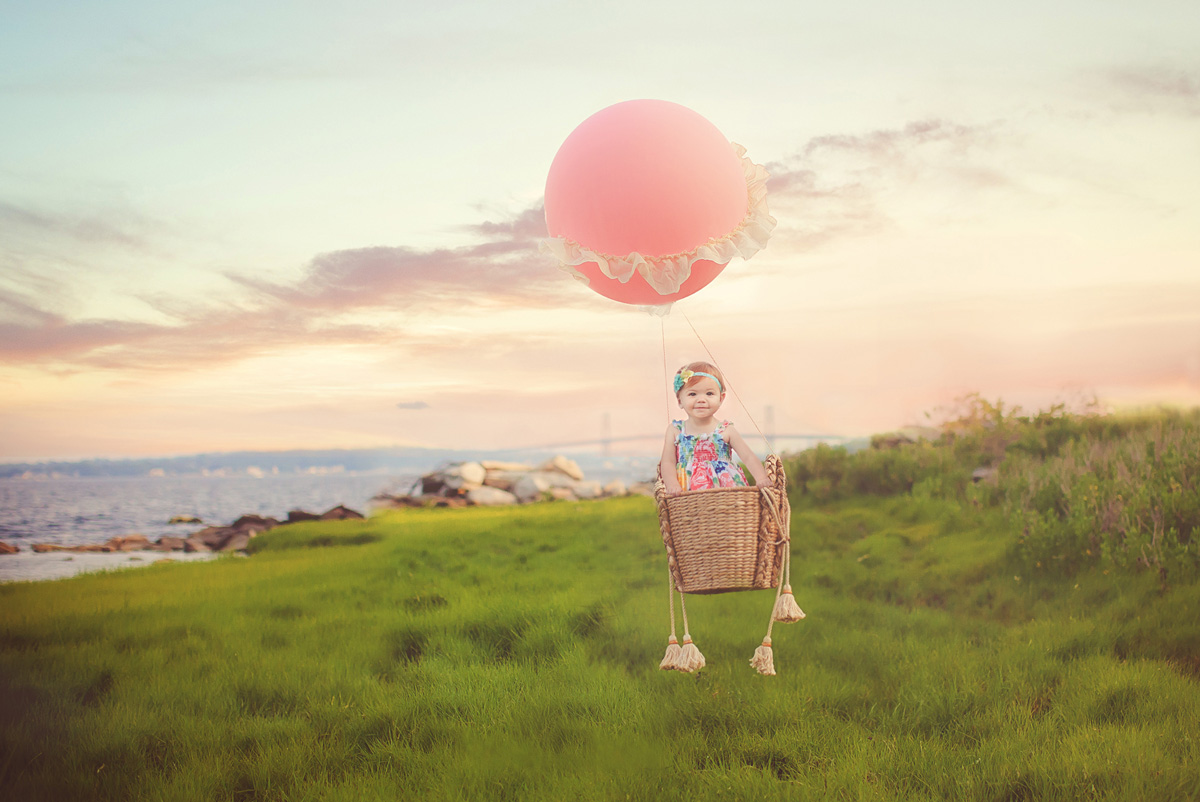
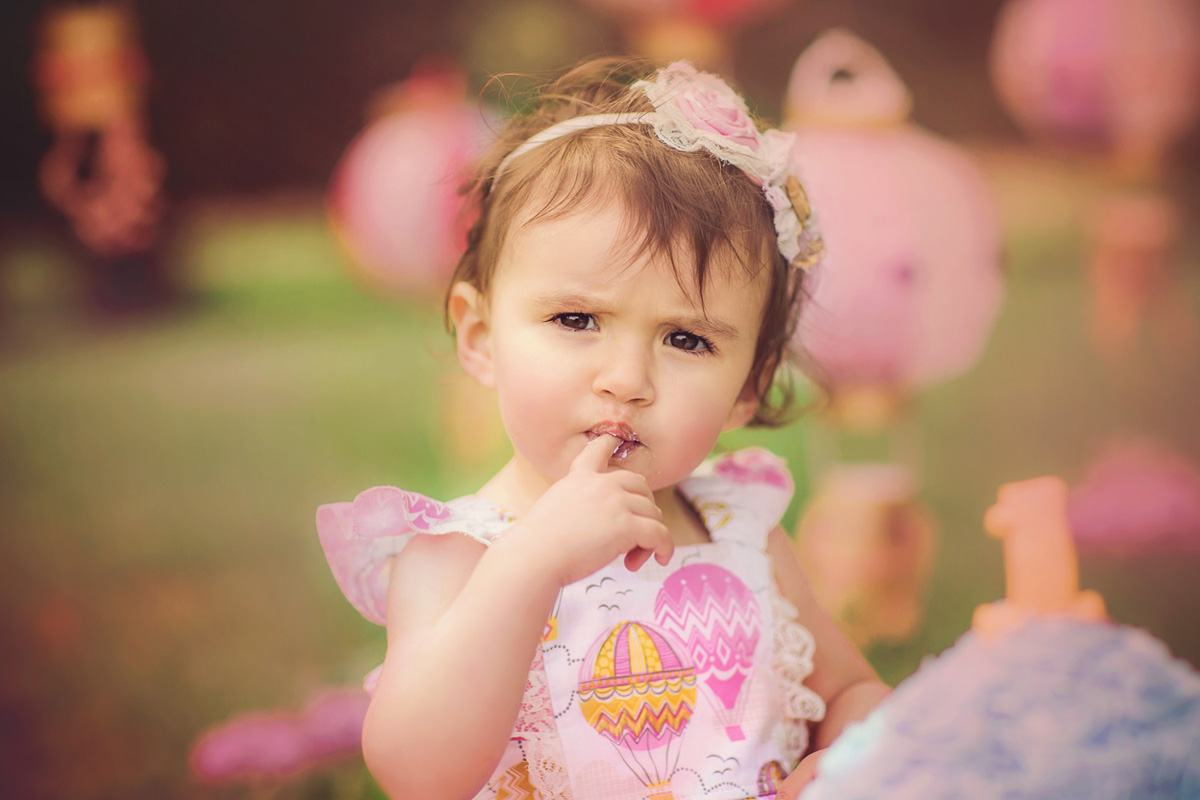
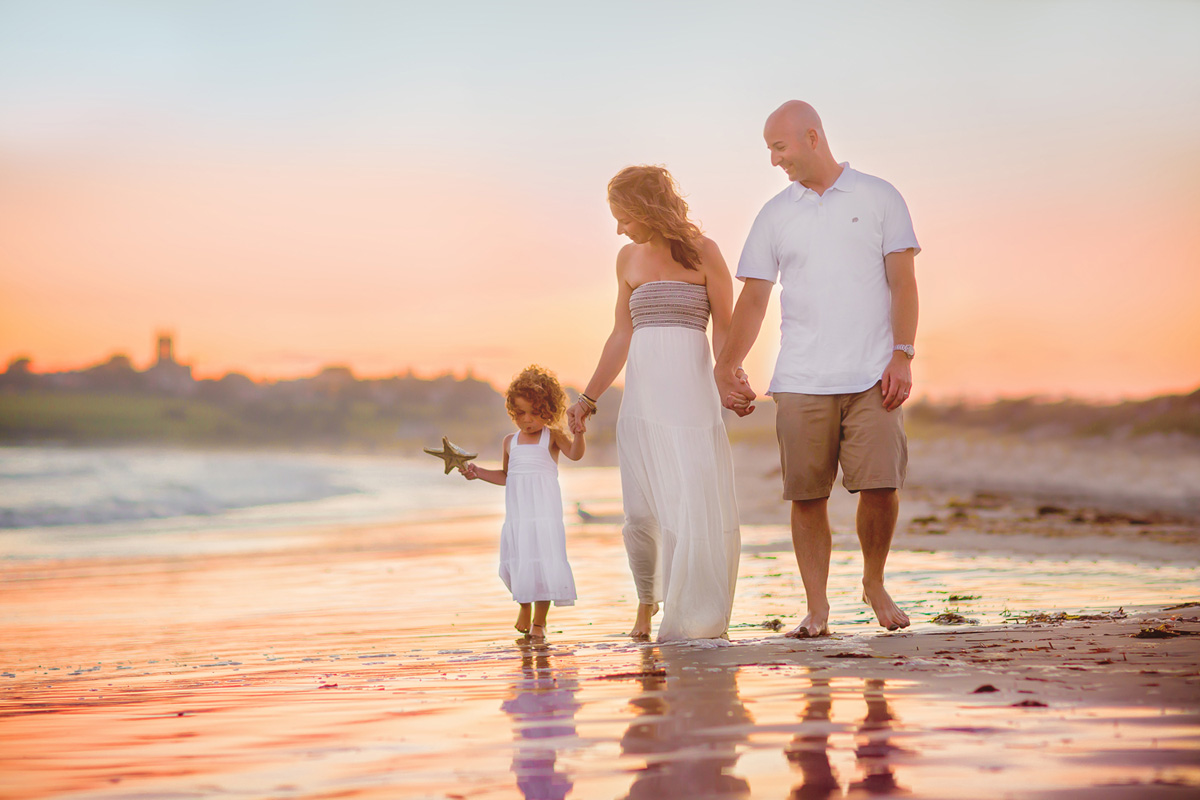

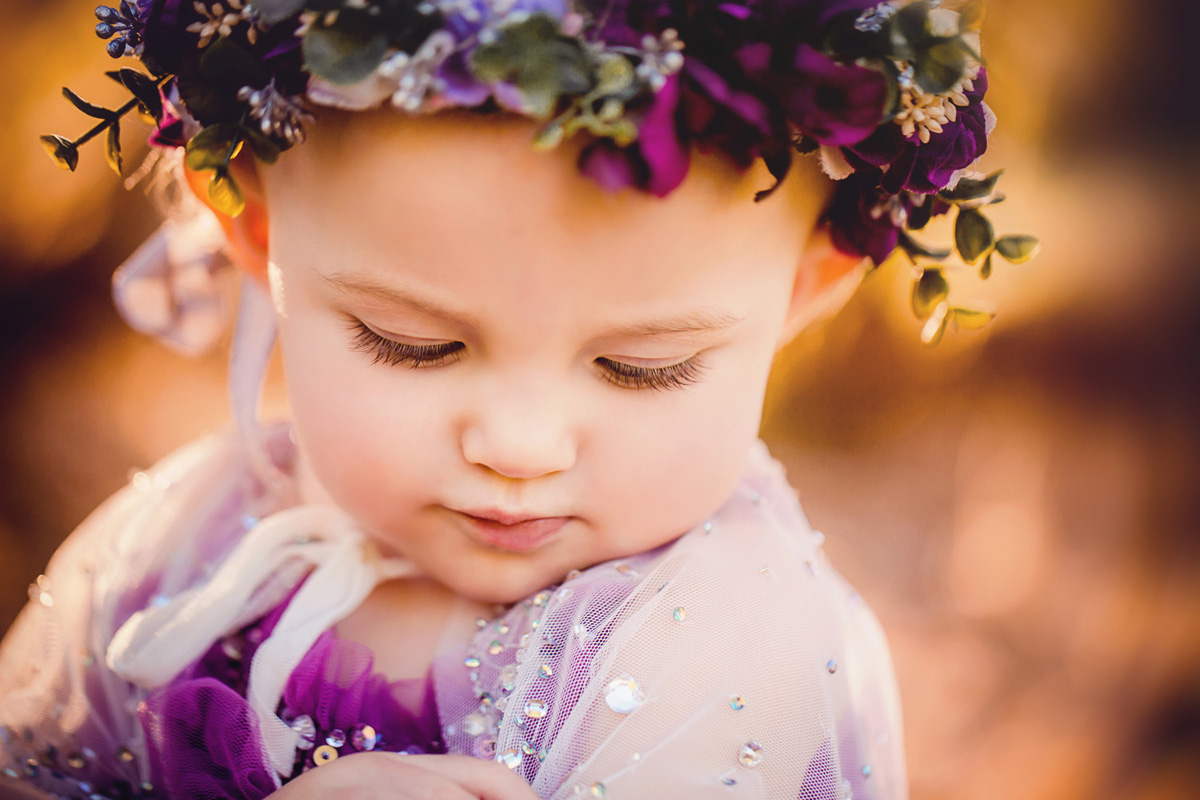
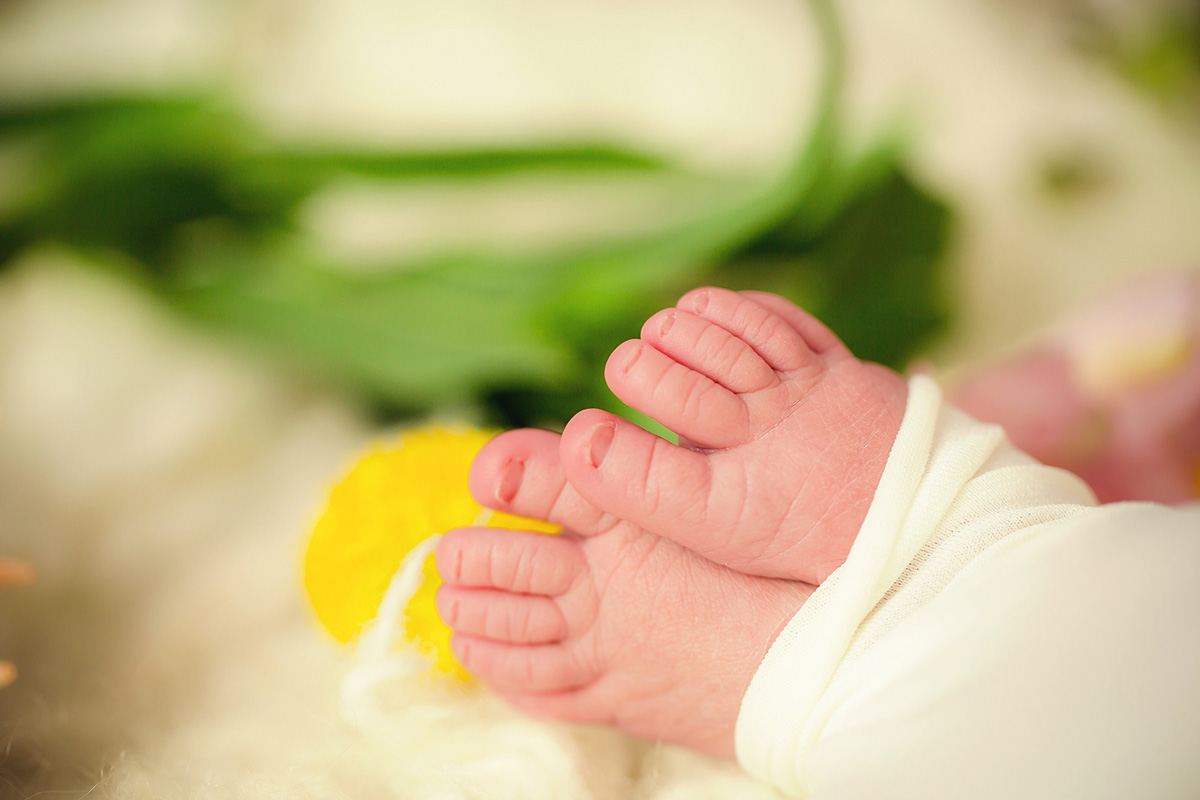
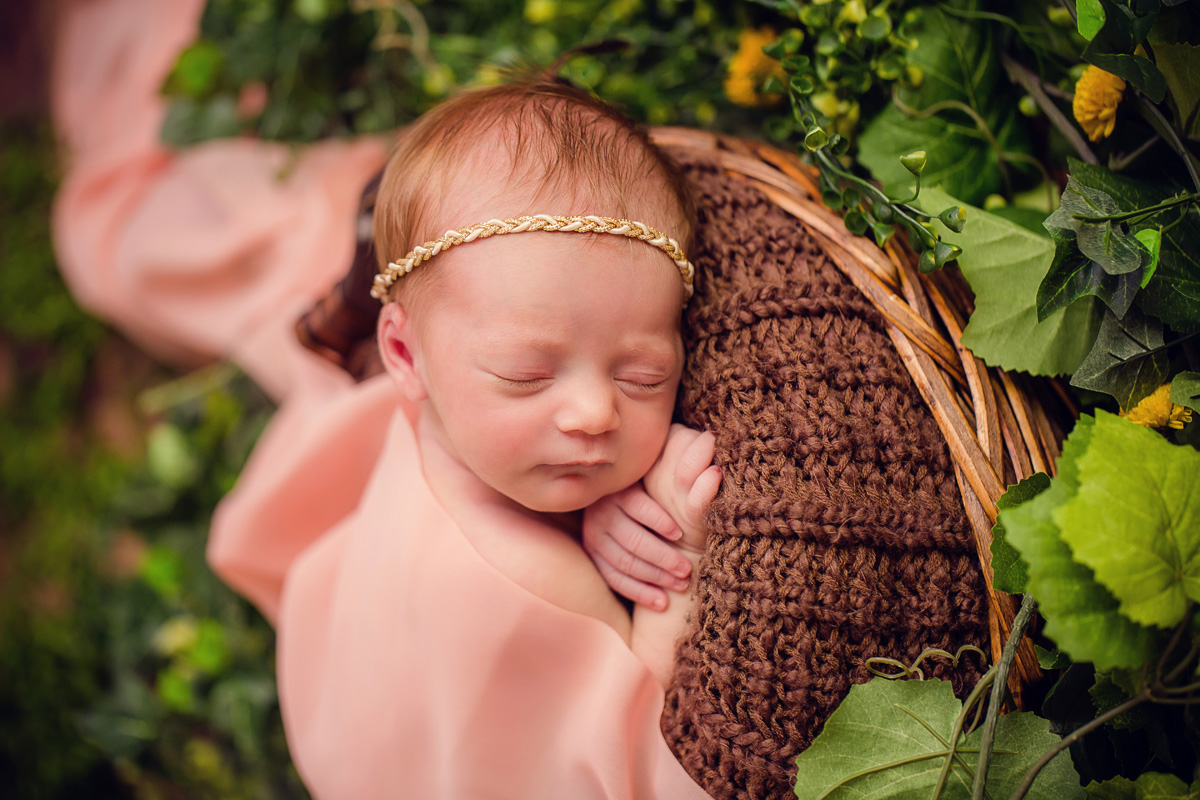

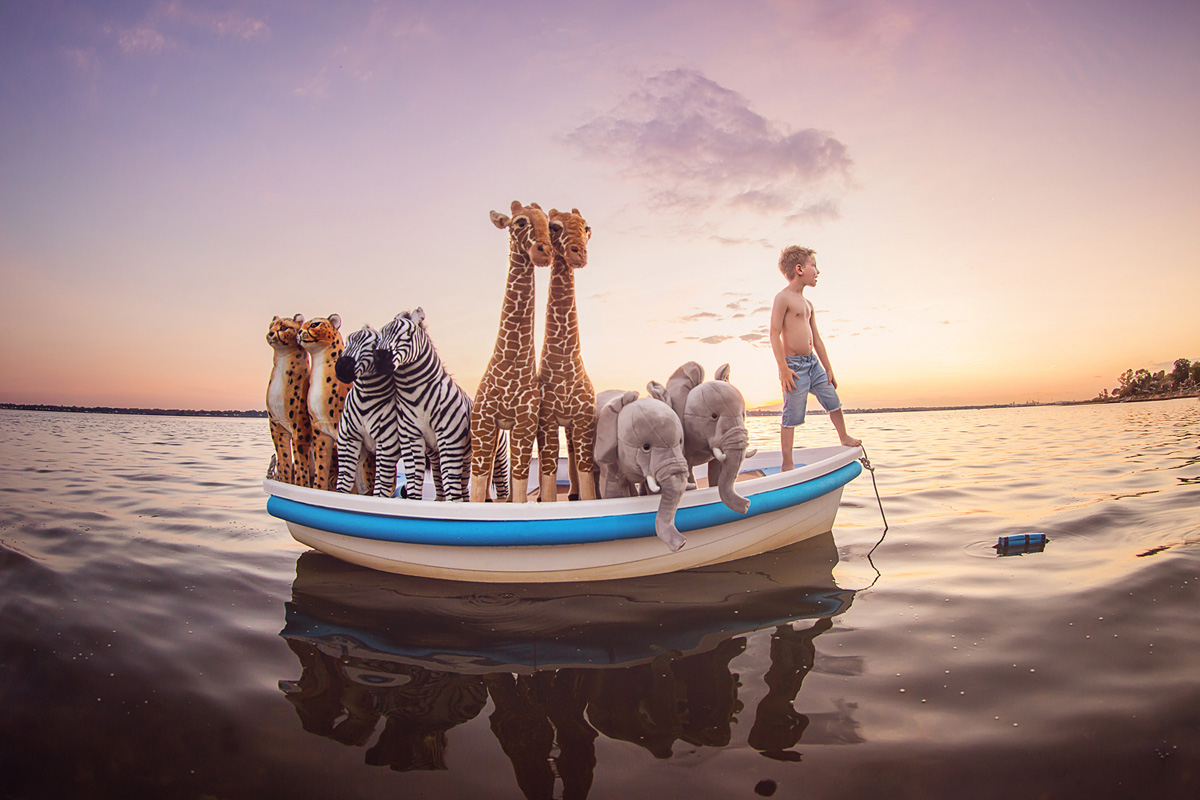
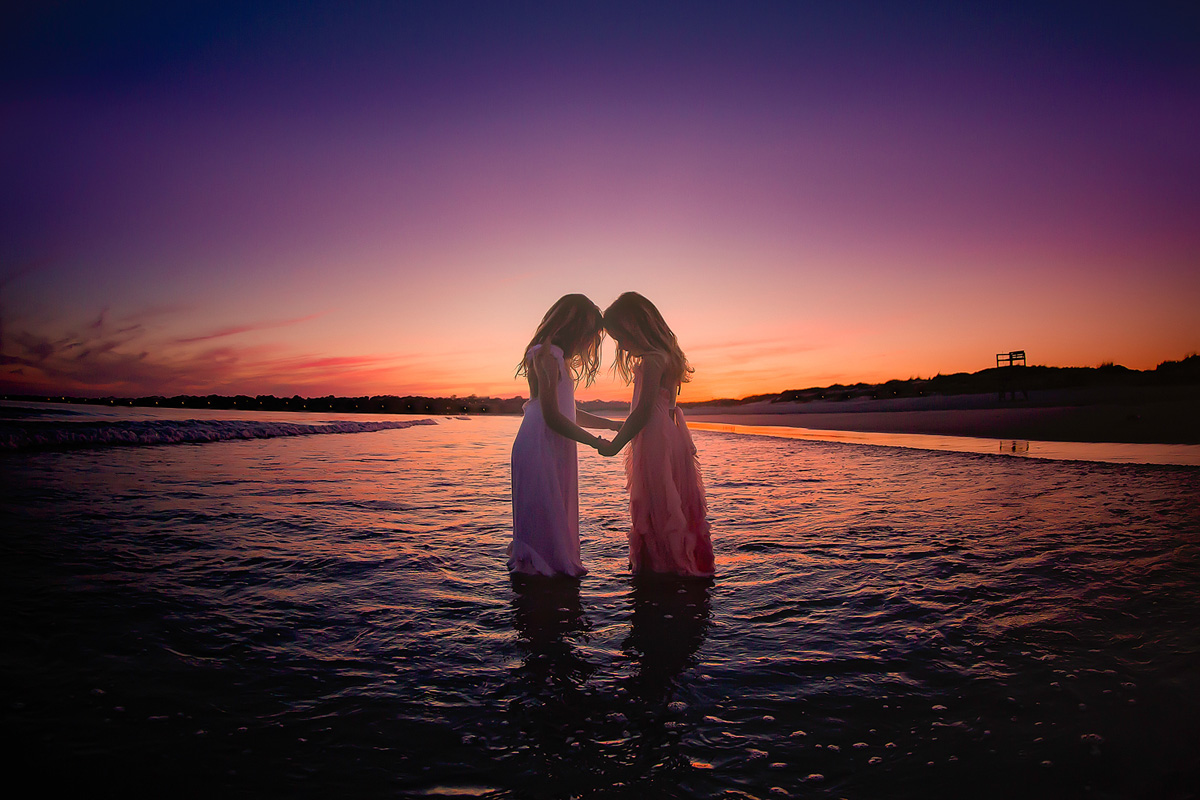
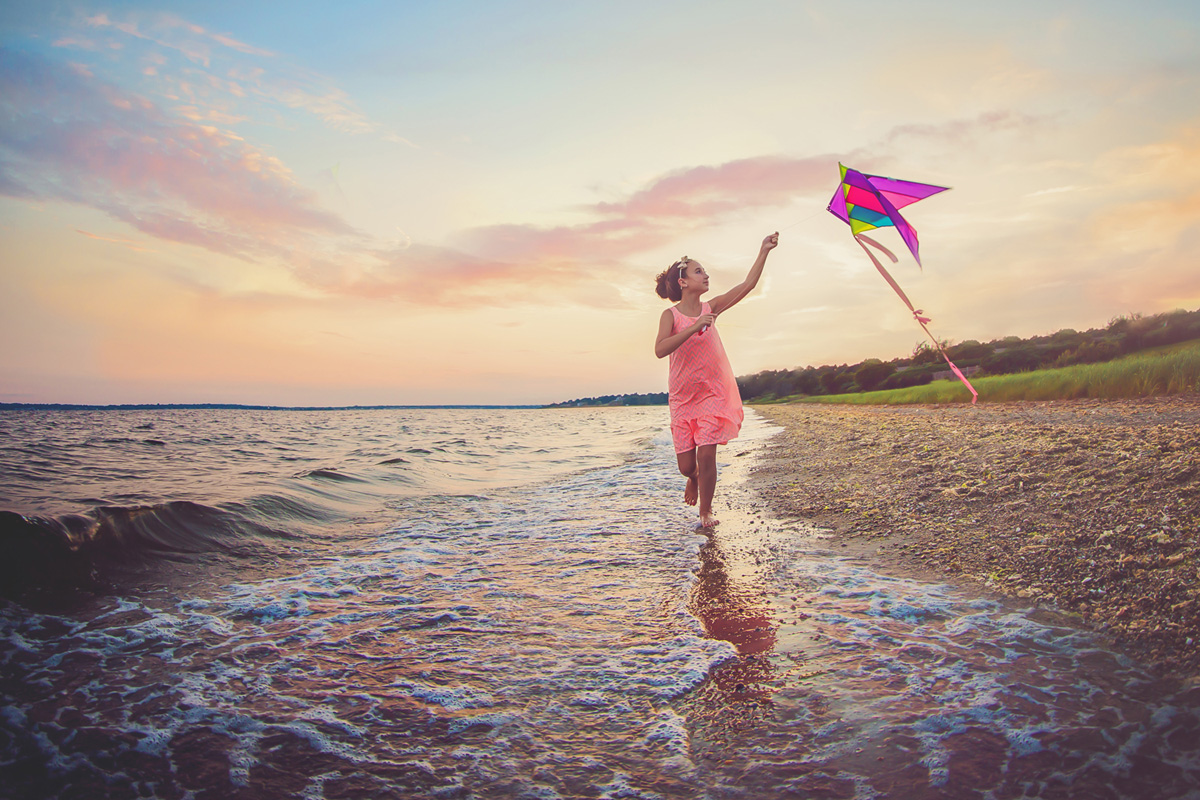
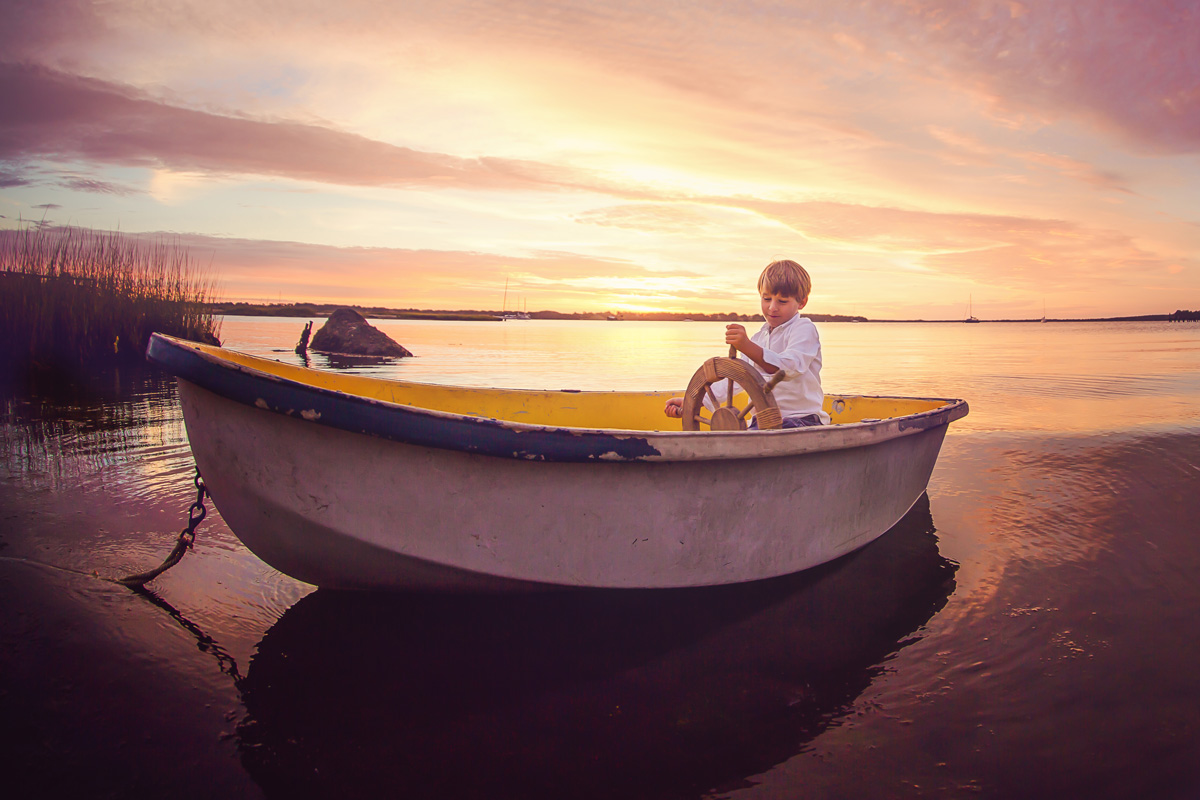

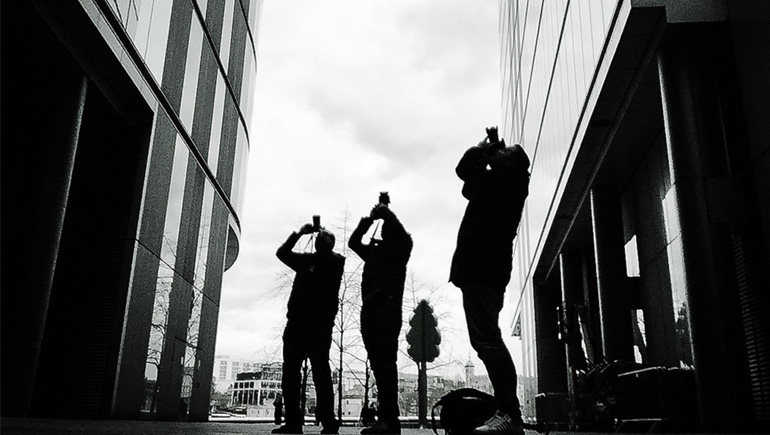
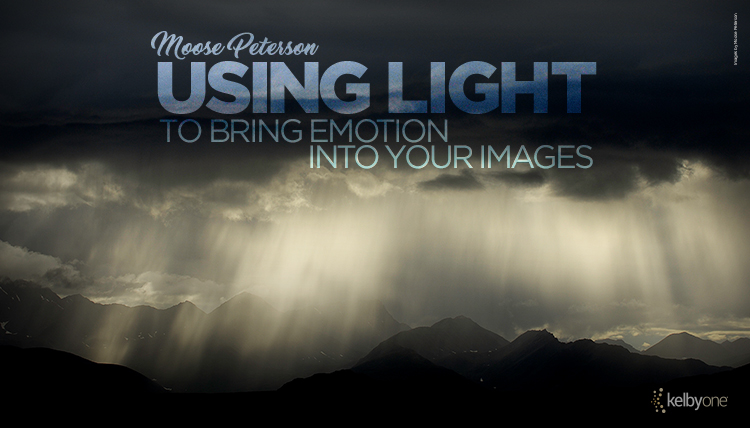
Really beautiful shots Tracey – beautiful colour, composition and emotion – well done!
Really beautiful shots! Inspirational!
some great shots there – love the lightness (feel) of your images – forwarded the link to a couple photogs I know in Canada who do similar subject matter . Very nice work.
I have a 300 f/2.8. Of all my Canon L series lenses, it is my favorite. I can not imagine how magical the 200 f/2.0 is.